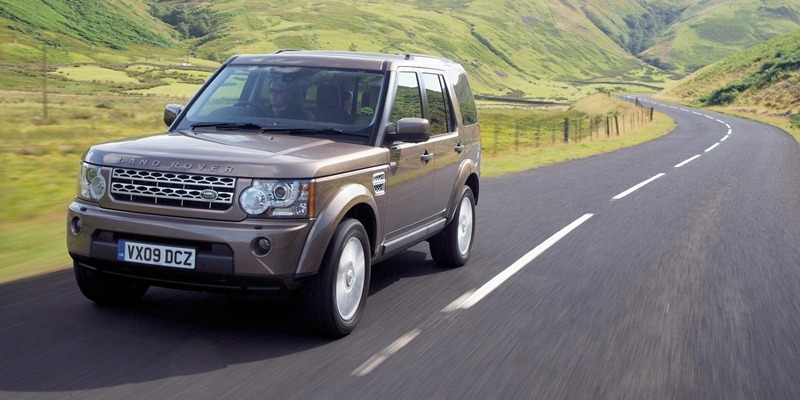Sometimes you look at an expensive car and wonder where the money went. Quite often the cash is under the bonnet, in the form of a powerful engine. Other times it’s inside, in the form of expensive gadgets and luxurious trim. With the Discovery 4 it’s in both these places, but it’s also staring you straight in the face.
Two-point-seven tons of gleaming metal, nearly five metres long and towering more than 6ft 2in in height, makes quite a statement.
I was utterly smitten by it. Driving a different car each week leaves me a little blas, and I don’t miss even the good ones too much once they’re gone because there’s always something new to try. A full week after the Discovery left me, however, I’m still pining for it.
Let’s start with its looks, one of the few areas where criticism can be found. The Discovery doesn’t have the same balance of proportions as the Freelander or Range Rover. It’s been around in this shape for quite a long time, though, and as well as having the Land Rover pedigree it has a certain imposing grandeur.
Though it looks similar to the Discovery 3 it replaces, Land Rover have worked hard to improve the driving experience.
One of the best changes is ditching the old 2.7 litre diesel for a retuned version of the excellent 3.0 litre V6 twin-turbo diesel found in the Jaguar XF. It develops 240bhp, hauling the 2.7 ton behemoth from 0-62mph in well under 10 seconds. Top speed, thanks to its stubbornly un-aerodynamic shape, is 112mph.Improved consumptionIt’s the first Discovery ever to better 30mpg drive carefully and you should be able to get close to the 30.4mpg official consumption figure.
The range starts at £33,040, but that’s for the old 2.7 litre version. I would discount this, and instead treat the real Discovery 4 range as starting at £35,640 for the 3.0 TDV6 in GS trim.
I drove the top of the range HSE model, costing £860 shy of £50,000. A lot of money, yes, but still £17,000 less than the cheapest Range Rover, which seats only five compared to the Discovery’s seven.
The big Disco’ handles better than it has any right to. Taller by some way than most people, it displays a tautness and composure through bends that seems incompatible with its bulk.
The ride too is a thing of wonder, shrugging off potholes and bumps as if they weren’t there. You’d think such a beast would be a nightmare around town, but provided you steer clear of multi-storey car parks where its height can be an issue the urban environment is not to be feared.On cameraOne reason for this is the five-camera system my car was fitted with. You can look down at the kerb, see what’s happening at the back, even check sideways from a junction to see what’s coming. These cameras can also be used for off road driving to see how deep in mud the car is, what lies over the crest of a hill etc.
The technology gets even better. I’m not quite sure how they do it, but the passenger can watch a DVD while the driver looking at the same screen from a different angle sees the sat nav map. Clever.
Inside is where the Discovery 4 really differs from the Disco’ 3. Where the old car was comfortable, this is opulent. Acres of soft cowhide swaddle the seats. There are air vents, power sockets and MP3 inputs everywhere. The dash has been redesigned and is now as well trimmed as any luxury saloon car.
And there are acres of room. During the Open I took six of us and a load of kit to West Sands for an afternoon of beach volleyball. Everyone was comfortable, there was room to spare, the Disco’s fitted in nicely with the expensive metal owned by the golfers and I parked it on a two-foot high section of embankment cars couldn’t get on, saving ourselves a lengthy walk.
That was as far off-road as I took the Discovery, though I put it through some punishing mud-plugging at its launch in the Borders last September. Its off-road abilities are truly prodigious, but the reality is most owners won’t want to get their £50,000 treasure dirty.
Just as well for Land Rover that it’s every bit as good on road.
